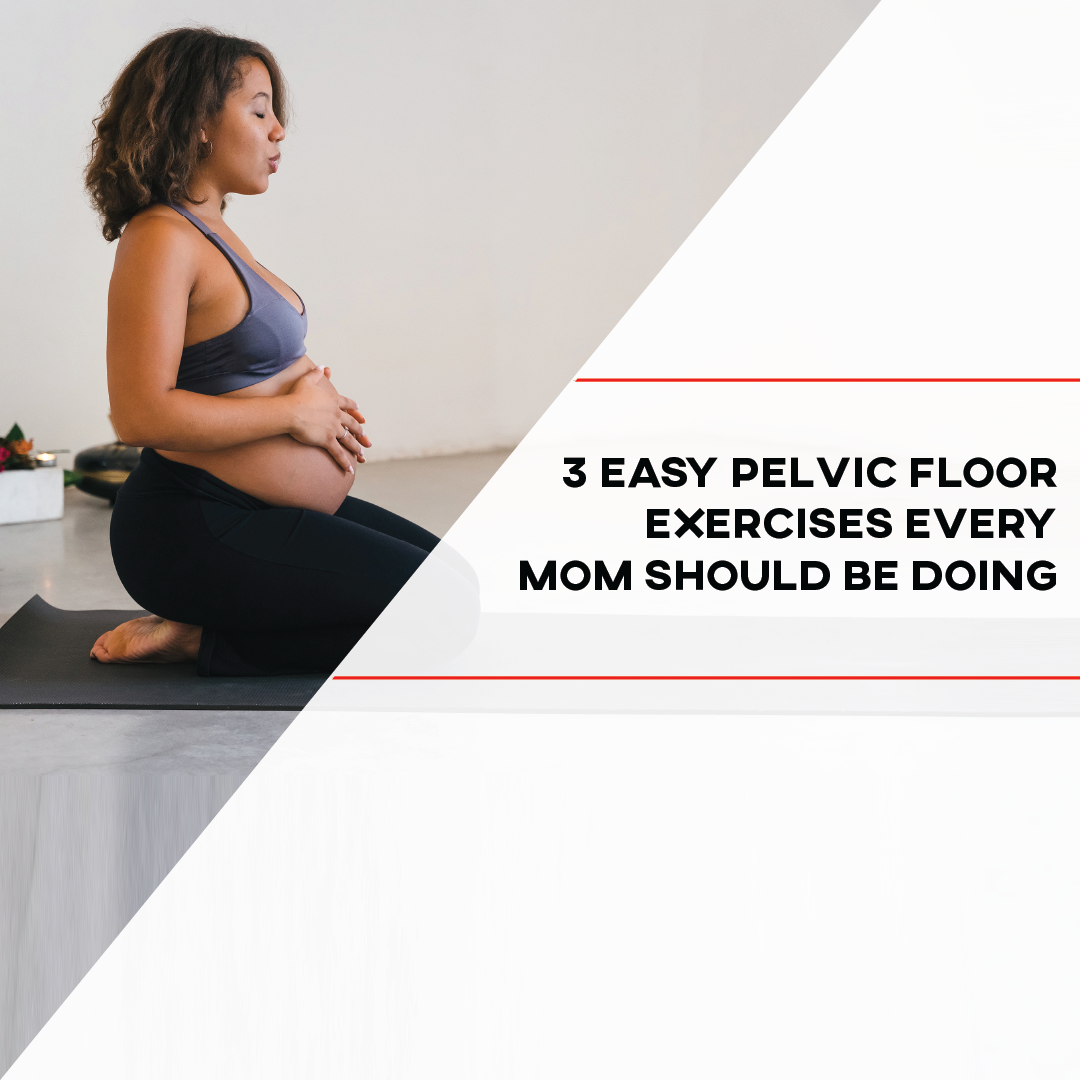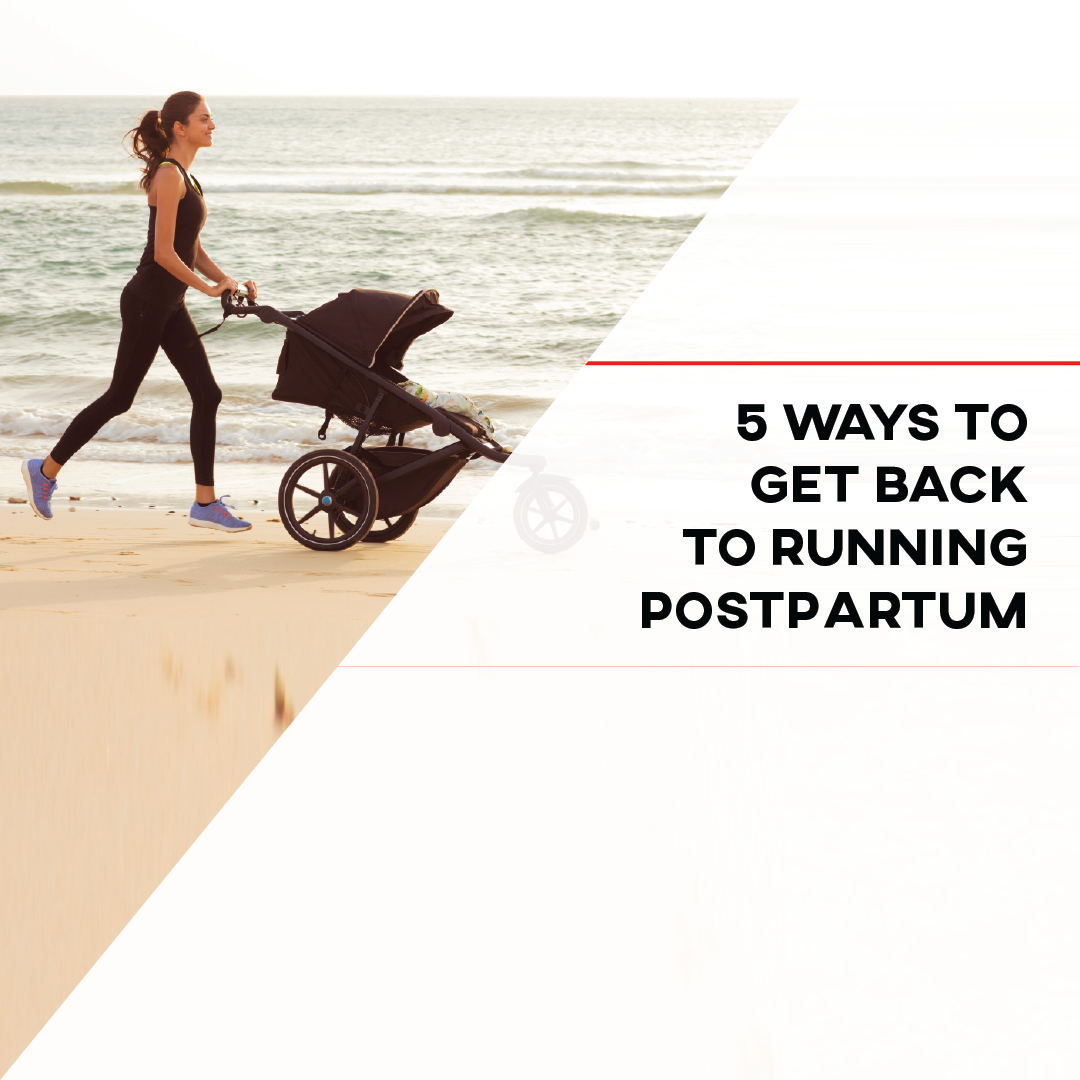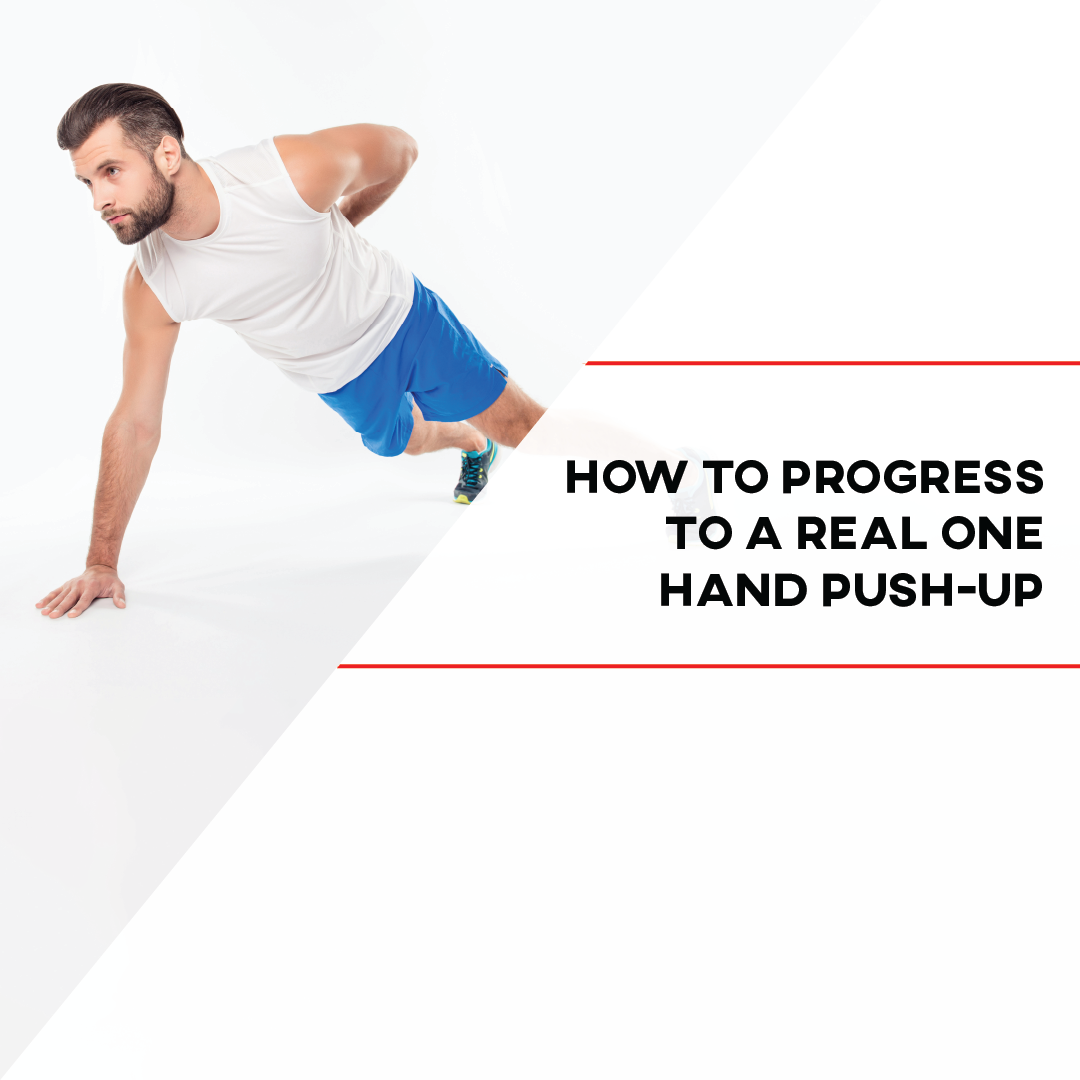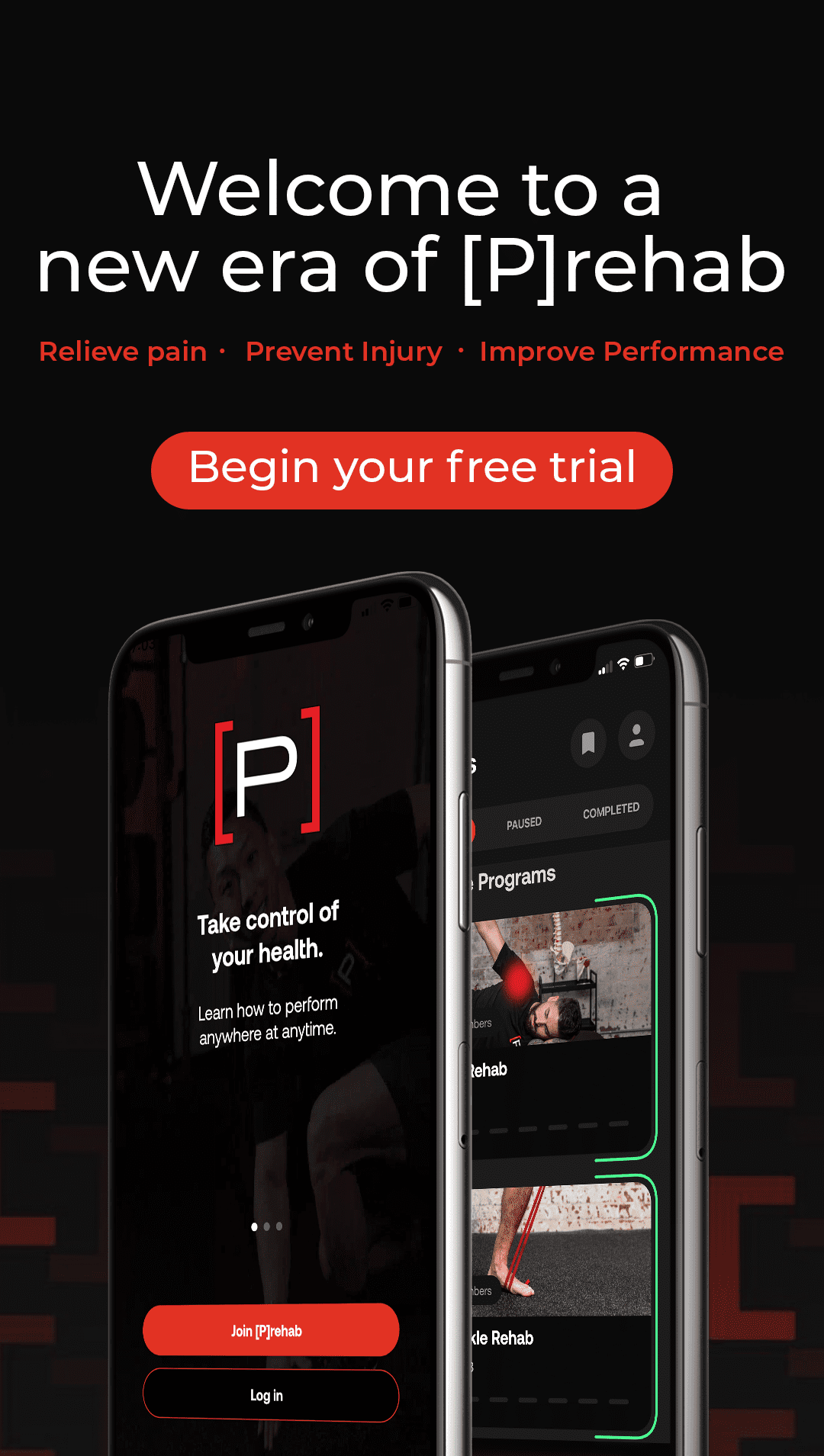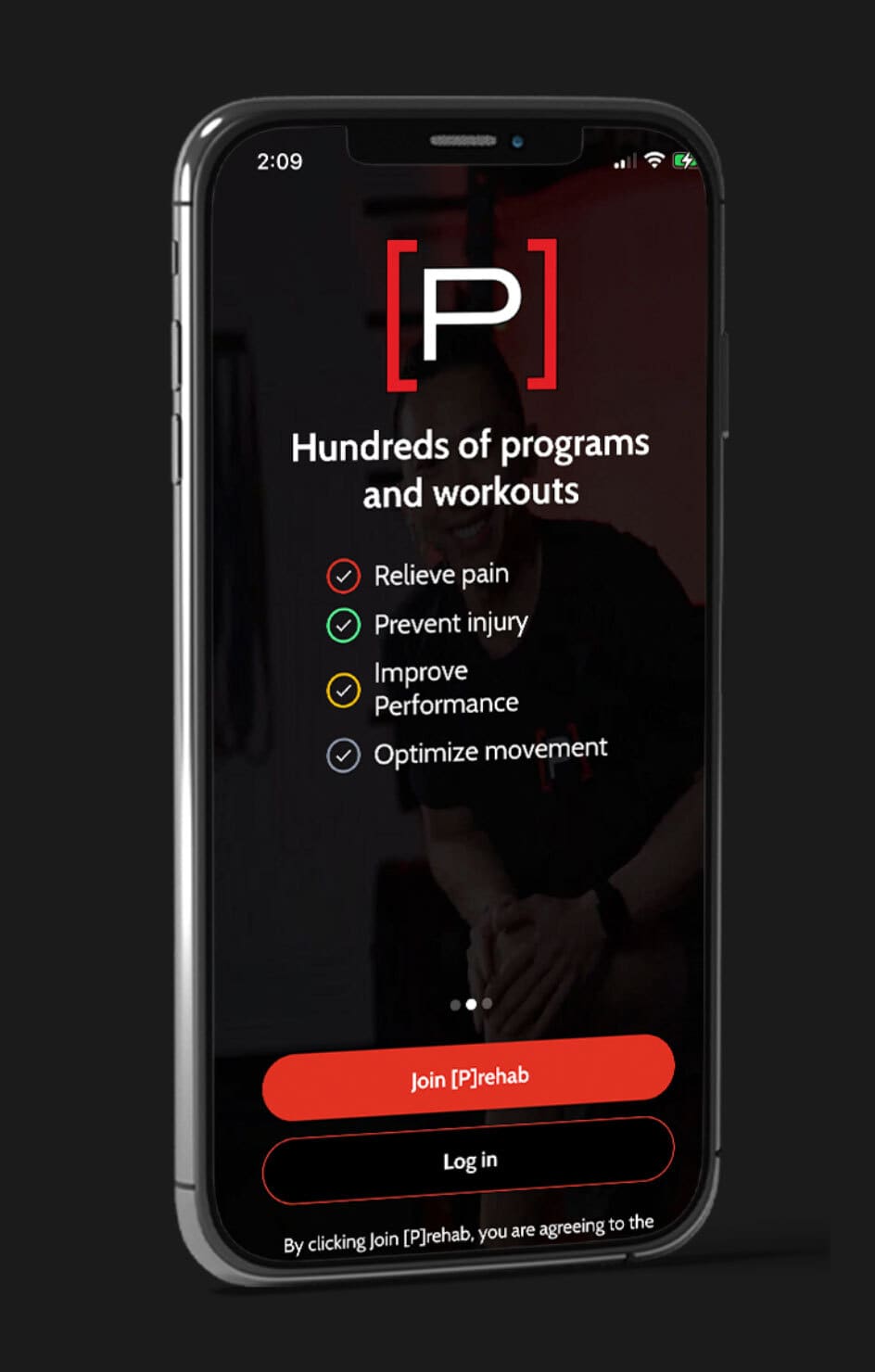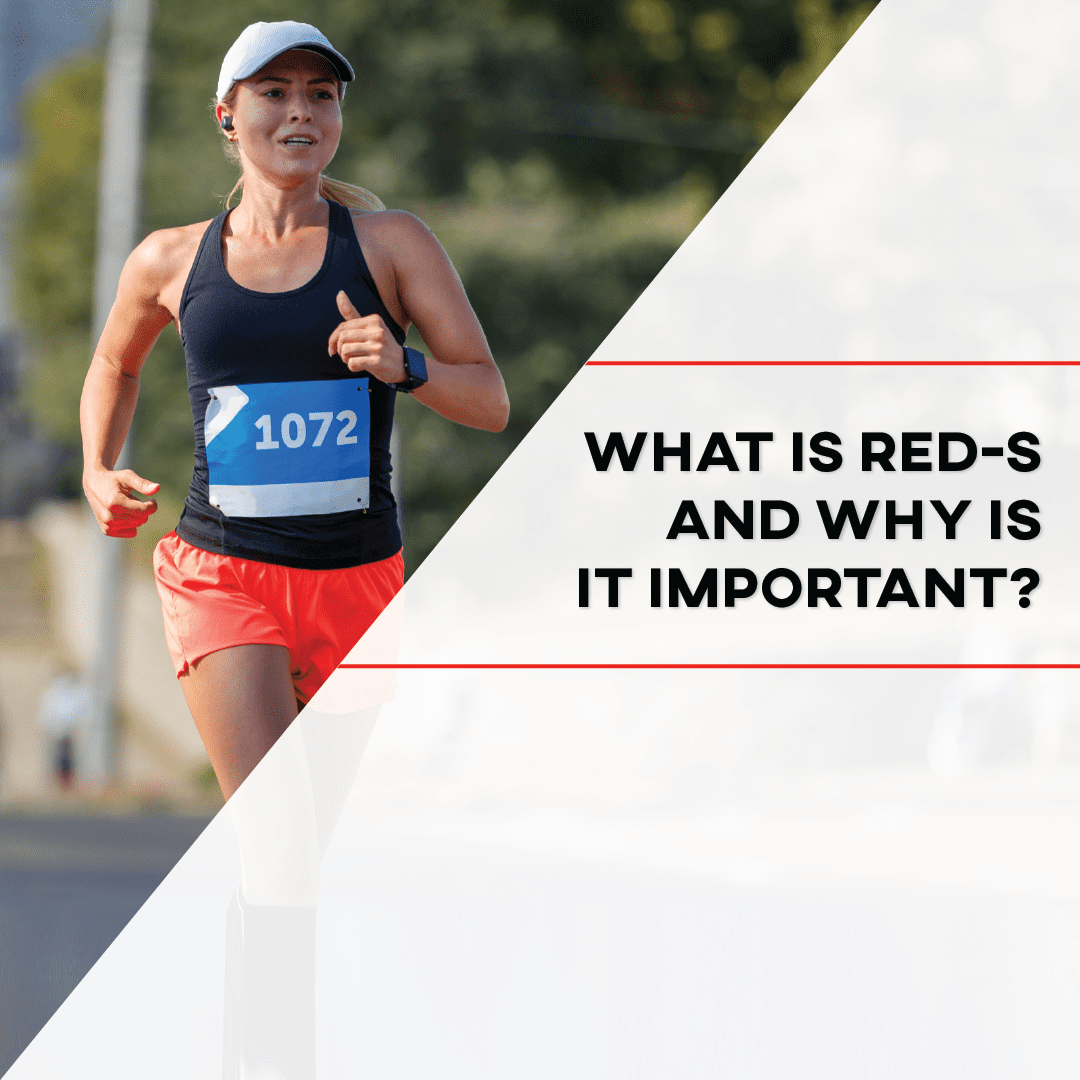
MENSTRUAL CYCLE.
Say it louder for the people in the back! No longer taboo, hushed, or ignored, women’s menstrual cycles are making a statement in the world of female athletics. How so? The menstrual cycle can provide extremely valuable information in the overall well-being of a woman’s body. So much so, that consistency of a menstrual cycle is used as one of the determinants of Relative Energy Deficiency in Sport, also known as RED-S. Further developed from The Female Athlete Triad, RED-S is a prominent concern for athletes worldwide. And while men can struggle with RED-S, at this time it is identified to a greater extent in women. Let’s break down what RED-S is, signs and symptoms to look for as a female athlete, the role healthcare providers can play in the identification of RED-S, and how to best serve female athletes to keep them running, kicking, jumping, swimming, and most importantly, healthy.
What is RED-S?
RED-S refers to “impaired physiological functioning caused by relative energy deficiency, and includes but is not limited to impairments of metabolic rate, menstrual function, bone health, immunity, protein synthesis, and cardiovascular health” (1). Sound important? Yeah, it is. At the root of RED-S is lower energy availability (LEA). Easily broken down, LEA refers to the poor balance between the energy that an athlete expends versus the athlete’s energy intake (1). Simply put, as an athlete, are you eating enough to support the energy demand of your training? Female athletes competing in a sport with a high aerobic demand (cross country, soccer, track, and field) tend to be at a greater risk for the development of LEA, ranging from 11% to 67% depending on the time in the season (2). A study amongst NCAA Division I athletes found that the prevalence of LEA “ranged from 41% in cross country runners to 51% in track and field athletes” (2).
Let’s take a second to go back and re-read that last statistic and let it sink in for a minute. Pretty astounding, right? LEA and the development of RED-S can be extremely problematic for our female athletes and their health. LEA can have a direct impact on athletic performance including but not limited to increased risk of injury and illness, diminished cardiovascular function, altered reaction time, and poor adaptation to training (3). As teammates, coaches, athletic trainers, and physical therapists, we want nothing more than health and success for our athletes. With such a direct impact on the risk of injury and impaired performance, improved recognition and identification of RED-S in our female athletes is a must.
Identification of RED-S
LEA can be difficult to measure and quantify. The International Olympic Committee (IOC) Consensus Statement on Relative Energy Deficiency in Sport (RED-S): 2018 Update stated that there are several barriers to a direct and effective way to measure energy intake and expenditure in our athletes. The first is a lack of a consistent protocol to follow to allow for proper calculation. And while there are determined caloric recommendations for female athletes based on the calculation of fat-free mass, adjusting to changes in energy expenditure throughout training, competitions, and participation in lifestyle activities can be challenging. Additionally, acquiring such accurate data would most likely involve specific and specialized equipment that healthcare providers, athletes, and coaches may not have access to.
Learn more about how to get out of pain, prevent injury, and keep moving all through one app! Our [P]rehab Membership was designed for you to know that you want to feel empowered to live the life you want. Get started with your free 7-day trial today!
So, if we are unable to rely on numbers, protocols, equations, and equipment, what can we rely on? Luckily, the female body has a self-equipped, highly specialized, consistent, and reliable gauge of overall health in the menstrual cycle. For female athletes, the menstrual cycle can be used as a determinant of LEA and therefore RED-S. In a state of LEA, the needed hormones to stimulate and allow for a full menstrual cycle are altered. When this occurs, there are disturbances to the typical menstrual cycle. These disturbances may result in the lack of ovulation, anovulation, or the lack of a cycle entirely, amenorrhea (3). It is estimated that 20% of exercising females are affected by menstrual abnormalities, with a prevalence as alarming as 44% in ballet dancers and 51% in female endurance athletes (3). Simply put, take a women’s cross country team and assume that half of the women are experiencing menstrual abnormalities. That’s a big problem.
Where does your Physical Therapist fit in with RED-S?
The management and recognition of RED-S is not straightforward. There is no “one size fits all” approach, and as an athlete, you should be supported by a team of skilled healthcare providers to assist in return to full health. Medical history, dietary changes, weight fluctuations, training time, stress, sleep, menstrual cycle consistency, and stress fracture history should all be taken into consideration when identifying RED-S (4). As an athlete, you may notice that you share quite a bit of this information with your healthcare team already.
READ: THE HEALTH BENEFITS OF SLEEP
You tell your coach, athletic trainer, primary care provider or physical therapist about your overall health and diet, your sleep, your exercise habits. You may share about your previous and current injury, training volume and patterns, medical history, and even your upcoming athletic goals. Therefore, the right questions may be asked, but as a team, athlete included, we need to be better prepared to identify RED-S in our female athletes before it pulls them from meets, miles, and PR’s.
LEARN MORE ABOUT OUR RUNNING [P]REHAB PROGRAM

Want to become strong and resilient as a runner? Looking to incorporate a strengthening routine into your training but aren’t sure how? We’ve gotcha covered with our Running [P]rehab Program! This 8-week program is designed to help you take care of any small tweaks you may be dealing with & bulletproof your body! Get started today!
To assist in the management and identification of RED-S, several questionnaires are readily available for clinicians to use. The first is the “Relative Energy Deficiency in Sport Clinical Assessment Tool” (RED-S CAT). This tool identifies high-risk, moderate-risk, and low-risk athletes depending on the score and guides appropriate participation in sport (3). RED-S CAT can be a great resource for clinicians working directly with athletes, especially if there are any signs and symptoms of RED-S. Specific to female athletes is the Low Energy Availability in Females Questionnaire (LEAF-Q). The LEAF-Q is designed to identify those who may be at potential risk of developing RED-S based on symptoms (2). It inquires about menstrual cycles and the use of contraceptives, both of which can provide invaluable information regarding the overall health of our female athletes.
For our healthcare team, between the hours spent with our athletes learning about injury and lifestyle, and the readily available screening tools to identify RED-S and changes in menstruation, we are put in a unique position to assist in the identification and management of RED-S in our female athletes. For our female athletes, if you suspect that a friend, family member, client, or teammate in your life is experiencing symptoms related to RED-S, it’s time to reach out to your supportive healthcare team. This includes getting in touch with a primary care physician, naturopath, sports psychiatrist, athletic trainer, coach, and nutritionist. Let’s rise to the occasion…together.
LISTEN: TALKING NUTRITION AND BLOOD ANALYTICS WITH INSIDETRACKER
Closing Thoughts
RED-S can be unforgiving for many female athletes. It can impact tolerance to training, create menstrual dysfunction, and contribute to the risk of injury and illness. The diagnosis of RED-S is multifactorial and the management should involve a team of skilled healthcare providers. If you are a female athlete, you have a unique opportunity to identify changes in your own body, to understand your menstrual cycle, and to seek out support for yourself and those around you if symptoms of RED-S are experienced. As physical therapists, we have the opportunity to work alongside our female athletes through injury, rehab, and return to sport giving us a unique lens with which we can identify RED-S. Through proper conversation around the signs and symptoms of RED-S, menstrual consistency and understanding, and the use of screening tools, we can better support our female athletes in sport.
For the people in the back, menstrual cycles and RED-S are making a statement in female athletics, are you listening?
References
- Mountjoy M, Sundgot-Borgen J, Burke L, Ackerman KE, Blauwet C, Constantini N, Lebrun C, Lundy B, Melin A, Meyer N, Sherman R, Tenforde AS, Torstveit MK, Budgett R. International Olympic Committee (IOC) Consensus Statement on Relative Energy Deficiency in Sport (RED-S): 2018 Update. Int J Sport Nutr Exerc Metab. 2018 Jul 1;28(4):316-331. doi: 10.1123/ijsnem.2018-0136. Epub 2018 May 17. PMID: 29771168
- Jagim AR, Fields J, Magee MK, Kerksick CM, Jones MT. Contributing Factors to Low Energy Availability in Female Athletes: A Narrative Review of Energy Availability, Training Demands, Nutrition Barriers, Body Image, and Disordered Eating. Nutrients. 2022 Feb 25;14(5):986. doi: 10.3390/nu14050986. PMID: 35267961; PMCID: PMC8912784.
- Cabre HE, Moore SR, Smith-Ryan AE, Hackney AC. Relative Energy Deficiency in Sport (RED-S): Scientific, Clinical, and Practical Implications for the Female Athlete. Dtsch Z Sportmed. 2022;73(7):225-234. doi: 10.5960/dzsm.2022.546. Epub 2022 Nov 1. PMID: 36479178; PMCID: PMC9724109
- Coelho AR, Cardoso G, Brito ME, Gomes IN, Cascais MJ. The Female Athlete Triad/Relative Energy Deficiency in Sports (RED-S). Rev Bras Ginecol Obstet. 2021 May;43(5):395-402. English. doi: 10.1055/s-0041-1730289. Epub 2021 Jun 2. PMID: 34077990.
About The Author
Lyndsay Provencio, PT, DPT
[P]rehab Writer & Content Creator
Dr. Lyndsay Provencio graduated from Colorado State University with a BS in Health and Exercise Science and a concentration in Sports Medicine. After multiple personal sports-related injuries and discovering a passion for healing through movement, Lyndsay attended Creighton University to receive her Doctorate of Physical Therapy. An avid runner herself, she has a particular interest in working with high school, recreational and elite endurance athletes and has undergone specialty training in pelvic floor rehabilitation, postpartum care, and management of the female athlete to better serve her clientele. Through this specialty training, she has acquired a Certificate of Achievement in Pelvic Health Physical Therapy through the American Physical Therapy Association. Lyndsay now owns her own practice StrongHER in Park City, UT where she specializes in female athletics and care of pregnant and postpartum individuals. Additionally, Lyndsay is BSPTS C2 certified in scoliosis specific exercise and has found a niche working with adolescents with scoliosis to improve overall spinal health. No, you’re not seeing double! Lyndsay is an identical twin to Lauren Lynass, one of our [P]rehab rockstars. A native of Colorado, Lyndsay is an adventure seeker who loves to hike, camp, and race her twin sister on the mountain trails. When she isn’t exploring Park City’s outdoor playground, you can find her curled up with a cup of tea and a good book. Follow along @strongher_dpt on Instagram!







